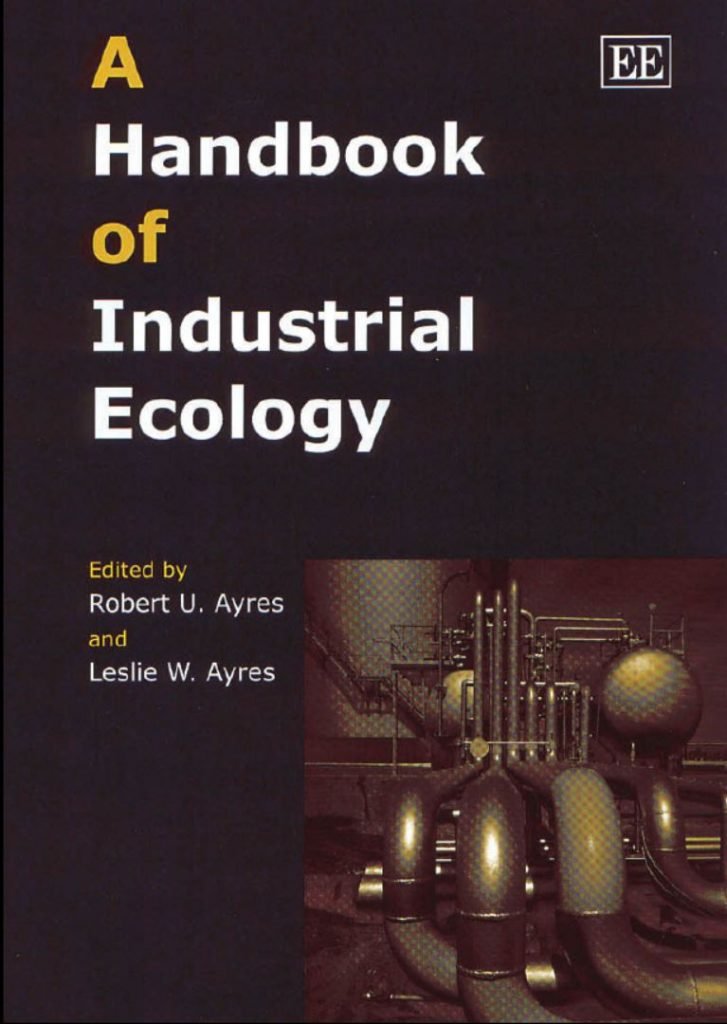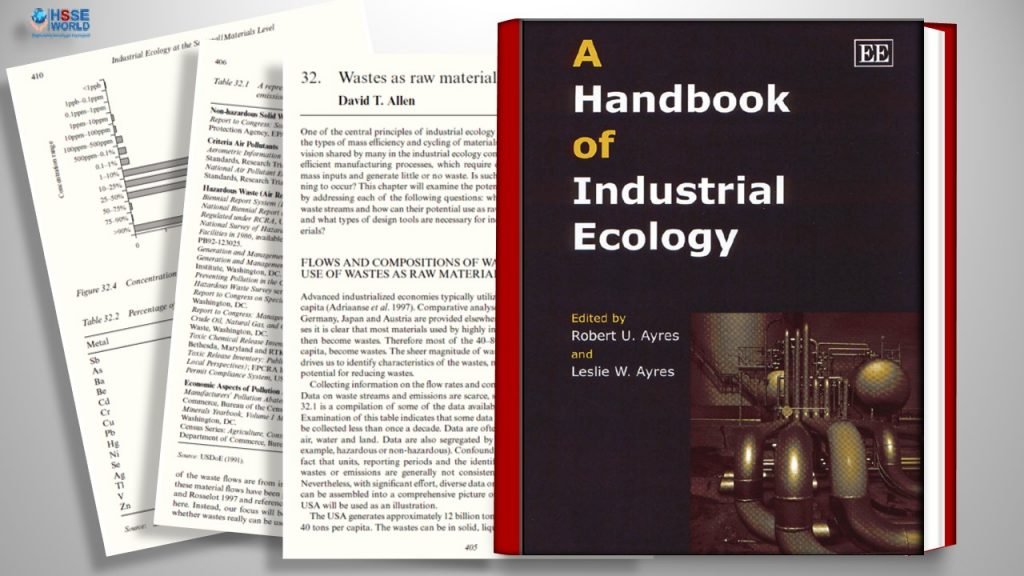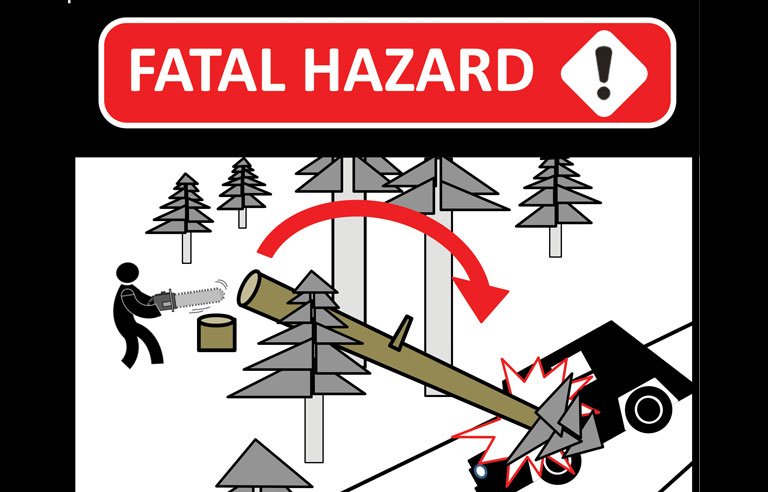Industrial ecology goals and definitions
Setting out the goals and boundaries of an emerging field is a hapless task. Set them too conservatively and the potential of the field is thwarted. Set them too expansively and the field loses its distinctive identity. Spend too much time on this task and scarce resources may be diverted from making concrete progress in the field.
But in a field with a name as provocative and oxymoronic as industrial ecology, the description of the goals and definitions is crucial. Hence this introductory chapter describes the field of industrial ecology, identifying its key topics, characteristic approaches, and tools. The objective is to provide a map of the endeavors that comprise industrial ecology and how those endeavors relate to each other. In doing so, we seek to provide a common basis of discussion, allowing us then to delve into more conceptual discussions of the nature of the field.
No field has unanimity on goals and boundaries. A field as new and as ambitious as industrial ecology surely has a long way to go to achieve even a measure of consensus on these matters, but, as we hope this chapter shows, there is much that is coalescing in research, analysis, and practice.
DEFINING INDUSTRIAL ECOLOGY
The very name industrial ecology conveys some of the content of the field. Industrial ecology is industrial in that it focuses on product design and manufacturing processes. It views firms as agents for environmental improvement because they possess the technological expertise that is critical to the successful execution of environmentally informed design of products and processes. Industry, as the portion of society that produces most goods and services, is a focus because it is an important but not exclusive source of environmental damage.

Industrial ecology is ecological in at least two senses. As argued in the seminal publication by Frosch and Gallopoulos (1989) that did much to coalesce this field, industrial ecology looks to non-human natural’ ecosystems as models for industrial activity. This is what some researchers have dubbed the ‘biological analogy’ (Wernick and Ausubel 1997; Allenby and Cooper 1994). Many biological ecosystems are especially effective at recycling resources and thus are held out as exemplars for efficient cycling of materials and energy in industry. The most conspicuous example of industrial reuse and recycling is an increasingly famous industrial district in Kalundborg, Denmark (Ehrenfeld and Gertler 1997; Chapter 27). The district contains a cluster of industrial facilities including an oil refinery, a power plant, a pharmaceutical fermentation plant, and a wallboard factory. These facilities exchange by-products and what would otherwise be called wastes. The network of exchanges has been dubbed ‘industrial symbiosis’ as an explicit analogy to the mutually beneficial relationships found in nature and labeled as symbiotic by biologists. Second, industrial ecology places the human technological activity industry in the widest sense – in the context of the larger ecosystems that support it, examining the sources of resources used in society and the sinks that may act to absorb or detoxify wastes. This latter sense of ‘ecological’ links industrial ecology to questions of carrying capacity and ecological resilience, asking whether, how, and to what degree technological society is perturbing or undermining the ecosystems that provide critical services to humanity. Put more simply, economic systems are viewed, not in isolation from their surrounding systems, but in concert with them.

Robert White, the former president of the US National Academy of Engineering, summarized these elements by defining industrial ecology as . ‘the study of the flows of materials and energy in industrial and consumer activities, of the effects of these flows on the environment, and of the influences of economic, political, regulatory, and social factors on the flow, use, and transformation of resources’ (White 1994). This broad description of the content of industrial ecology can be made more concrete
by examining core elements or foci in the field:
- the biological analogy,
- the use of systems perspectives,
- the role of technological change,
- the role of companies,
- dematerialization and eco-efficiency, and
- forward-looking research and practice.
Contents
The Contents of Industrial Ecology Handbook
- PART I CONTEXT AND HISTORY
- PART II METHODOLOGY
- PART III ECONOMICS AND INDUSTRIAL ECOLOGY
- PART IV INDUSTRIAL ECOLOGY AT THE NATIONAL/REGIONAL LEVEL
- PART V INDUSTRIAL ECOLOGY AT THE SECTORAL/MATERIALS LEVEL
- PART VI APPLICATIONS AND POLICY IMPLICATIONS
Download the book
A Handbook of Industrial Ecology
More Downloads
- E-Books: Healthcare Hazard Control & Safety Management
- E-Books: Safety, Health and Working Conditions Training Manual
- E-Books: Energy Efficiency in Water and Wastewater Facilities
- E-Books: Fire Service Features of Buildings and Fire Protection Systems
- E-Books: Evaluation of Fire Safety free download
- E-Books: PPE for Chemical, Biological, and Radiological Hazards free
- E-Books: Changing the Workplace Safety Culture free download
- E-Books: Site Emergency Planning Workbook
- E-Books: Load Restraint Guide
- E-Books: Essential Practices for Creating, Strengthening, and Sustaining Process Safety Culture
- E-Books: System Safety Engineering and Risk Assessment
- E-Books: Permit-Required Confined Spaces
- E-Books: Is it Safe to Enter Confined Space?
- E-Books: 5-Minute Workplace Safety Talks
- E-Books: Safety Culture and High-Risk Environments
- E-Books: Practical Guide to Industrial Safety
- E-Books: Slip, Trip, and Fall Prevention for Healthcare Workers
- E-Books: Health and Safety at Work Key Terms
- E-Books: Fundamentals of Process Safety Engineering
- E-Books: Gas Detection Hand Book
- E-Books: Occupational health and safety management systems ANSI-AIHA-z10-2012
- E-Books: Hot Work on Drums and Tanks
- E-Books: Human Fatigue Risk Management
- E-Books: Guidelines for the provision of facilities and general safety in the construction industry
- E-Books: Handbook of Training in Mine Rescue and Recovery Operations ( 2021)
- E-Books: Code of Practice for the Safe Use of Lifting Equipment – Edition 9 (Nov 2019)
- E-Books: Free Forklift Health and Safety Best Practices Guideline
- E-Books: Handbook of Hazardous Chemical Properties
- E-Books: Human Performance Improvement through Human Error Prevention
- E-Books: Principles Of Fire Risk Assessment In Buildings
- E-Books: Investigation of Occupational Accidents and Diseases
- E-Books: Radiation Protection and Safety in Industrial Radiography
- E-Books: Basic Guide to System Safety, Third Edition
- E-Books: Food Safety Management-A Practical Guide for the Food Industry
- E-Books: Safety identification: Escape and evacuation plan signs- ISO 23601
- E-Books: Safety at Work
- E-Books: The Safety-Critical Systems Handbook 4th edition
- E-Books: Fundamental principles of occupational health and safety
- E-Books: Fire Safety Risk assessment Guide – Sleeping Accommodation
- E-Books: Mental health at work series
- E-Books: Live Fire Training: Principles and Practice
- E-Books: Pre-Startup Safety Review Guide
- E-Books: Fire and Emergency Drill Manual and Building Inspection Guide
- E-Books: Health and Safety: Risk Management 5th edition
- E-Books: Fire Protection systems -Third edition 2021
- E-Books: Fire Safety Logbook templates
- E-Books: From Accidents to Zero
- E-Books: Electric Safety Practice and Standards
- Your steps to chemical safety
- E-Books: Ergonomics and Psychology Developments in Theory and Practice
- E-Books: HAZOPS Should BE fun-The Stream-Based HAZOP
- E-Books: Safety Health and Environmental Auditing
- E-Books: A Quick Guide to Health and Safety
- E-Books: Occupational Ergonomics A Practical Approach
- E-Books: Job Hazard Analysis A Guide for Voluntary Compliance and Beyond
- E-Books: Electrical Safety of Low Voltage Systems




